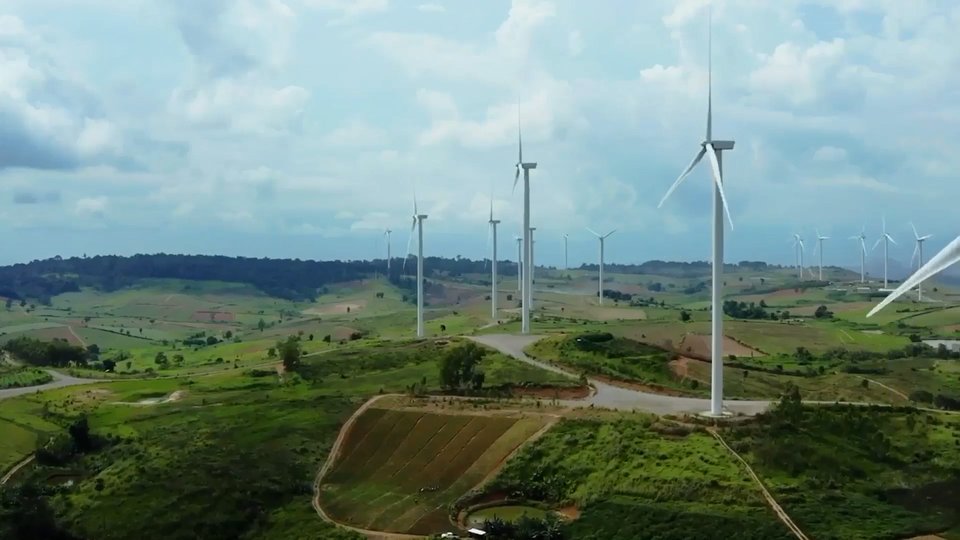PFAS substances detected in the blood of children in Gipuzkoa

The UPV has detected PFAS substances in the blood of minors in the regions of Urola and Goierri, in collaboration with Biogipuzkoa and the Department of Public Health. Although no immediate health risks have been observed, further monitoring to monitor exposure and its effects is recommended. In addition, they require an update of the current regulations.
Under the name PFAS there is a large group of substances: More than 14,000 compounds. They are widely used in industry and in many conventional consumer products such as non-stick kitchen utensils, food containers and waterproof fabrics. These substances are very persistent in the environment and could be toxic and dangerous to health.
The present study has analyzed blood samples of 315 minors from Urola and Goierri taken in the INMA project between 2011 and 2022. A search of 42 compounds in these samples detected 18, the most common of which were detected at rates between 70% and 97%. According to the researchers, the results show that we have a high exposure. They recognize that it is difficult to know whether the levels of PFAS found in juvenile organisms are high or low; this issue has not been studied sufficiently to define safe limits for humans. In any case, they think that the existence of so many is worrying and that it is important to carry out more studies of this type in order to find a way to know better and minimize the consequences.
These PFASs have also assessed the potential risks to the liver and development of children and concluded that there are generally no immediate signs of risk. However, they warn that while it may not seem alarming now, the risk is likely to be greater in the future. They explain that current methods of risk assessment have significant limitations, since they are mainly based on animal studies, which reduces their accuracy when extrapolating to humans. Therefore, there is an urgent need to adjust risk assessment methods and conduct more people-centred studies in order to obtain more realistic data.
On the other hand, the researchers emphasize that the current regulations to limit the use of PFAS substances have not been completely effective, because although some PFAS have been limited, these compounds are still present in children. In addition, they believe that the regulation should be updated to take into account new emerging compounds, the presence of which has been demonstrated. In this regard, they highlight the need for further studies on the toxicity of the most recent PFAS, the risk of which is still unclear.
Buletina
Bidali zure helbide elektronikoa eta jaso asteroko buletina zure sarrera-ontzian










